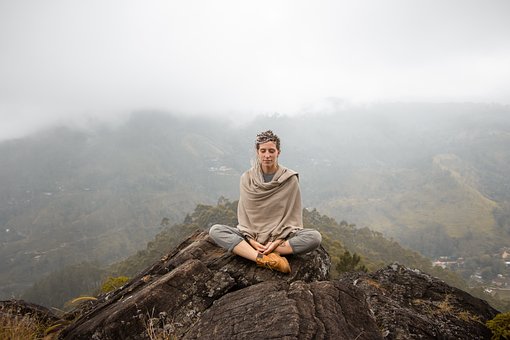Sunday 6 November 11 am in Sala Vanni a Florence, Suoni Riflessi presents Lux, Florence in the world, an original recital of music and readings with Monica Guerritore and Ilaria Baldaccini at the piano. Music by Schoenberg, Dallapiccola, Lupi, Messiaen, Britten, Bussotti, Zangelmi, Luporini will be performed. the choice of texts is by Piero Meucci.
After the war, Florence was a hotbed of social, artistic and spiritual inspirations, animated by unforgettable characters such as La Pira, Balducci, Luzi, Michelucci, Turoldo, Don Milani and for music Dallapiccola, Lupi and many others. Through the music and lyrics of these characters, he relives the spiritual fervor of the time. The project sees the very welcome presence of a great actress who has a strong emotional bond with Florence, Monica Guerritore.
On Saturday 5th November at 6pm, the appointment is with Unveiling the Musicthe training meeting of the public to understand how the most fervent period of post-war Florence unfolds musically combined with the music and the significant texts of that climate in the company of Monica Guerritore, Ilaria Baldaccini, Piero Meucci, Mario Ancillotti. historical period, here are the words of Piero MeucciIn Florence, between 1946 and 1960, particular circumstances arose which can be summarized in an extraordinary homogeneity between those who held power, that is, the control, as far as possible, of the hierarchy, and those who questioned this power not to contest or overthrow it. , but to direct him towards a new project.The turning point was the election in Florence of Giorgio La Pira, a character who had distinguished himself for his anti-fascism rigorously anchored to the Christian values of peace, brotherhood and human solidarity, certainly the most singular and important of the second Florentine post-war period.
Thus Florence became the city most in harmony with the most advanced things being studied and implemented in Europe also in terms of policies for the protection of the less well-off classes.And a Sicilian professor of Roman Law could put Catholics, Socialists, Communists, the three political families born of the Resistance to Fascism all at the same table: La Pira named Florence “the city on the mountain, the city of peace and conciliation” and was the catalyst element of the best that each cultural component of the city could offer.There, on the other side of via Calzaioli, in piazza del Duomo, resided another personality, Cardinal Elia Dalla Costa, who is the second pillar on which the renewing movement was grafted.
Dalla Costa’s church was an expression of a rigorous faith, but oriented to the needs of man rather than to those of the balance of power. Pontiff of the Old Testament, as he has been called, the windows of his episcopal see remained closed when Fascist Florence celebrated Adolf Hitler in 1939 and its doors remained open for all the persecuted.What La Pira and Dalla Costa inspired was a community of intentions and faith, lay people and priests, intelligence and profound aspirations, different vocations, spirits in search of concrete contents to give to Christian values.
It was not just a question of practicing the Christian virtues, but also of drawing the face of republican democracy, first of all configuring a more just and supportive society. It was a generation of young people of great value, amazing in number and quality with different choices always suffered and always lived in the name of honesty and authenticity that influenced and favored the birth of that original political and ecclesial laboratory that was the Tuscany in the 1950s and 1960s. The Florentine project introduced itself into the contradictions of the bipolar system of the Cold War, changed the rules of the game and thus confused the actors of the international confrontation.
But the seed sown was fruitful. The people who had worked on that project in their fields each made a contribution that remains a heritage from which to draw ideas and hope to give strength to principles of coexistence, secularism, more advanced dialogue. As always, the great intellectual and social movements provoke (but it would be more correct “they are anticipated by”) as many artistic movements: poetry, architecture, literature, music have always been forerunners and then witnesses of certain developments and so it was also in this Florentine affair.

